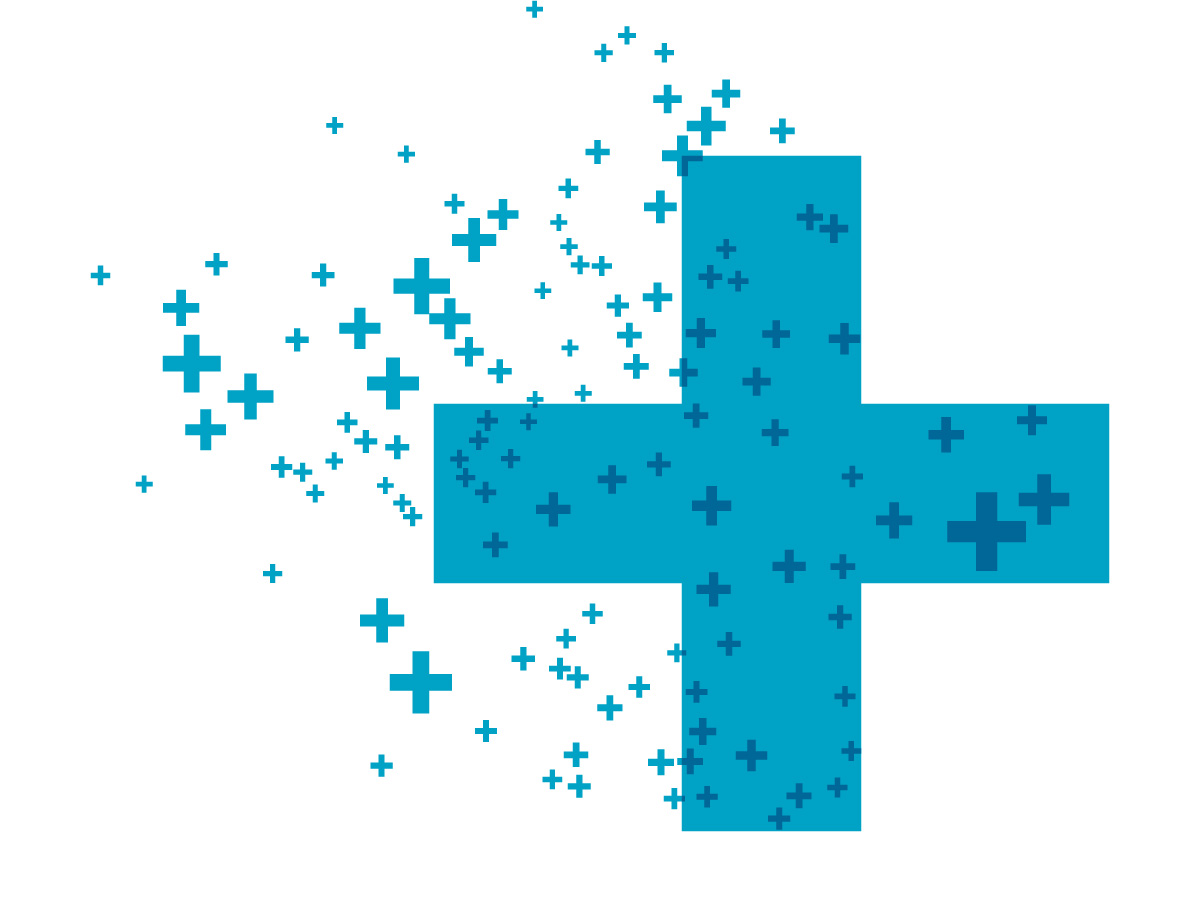Trauma creates ego and shadow simultaneously. Healing from trauma is how societies, organizations, and individuals release their creative energy.
The Six Centers
Customer centricity is important, but all organizations have six centers (three external and three internal) which vie for attentional focus.
Scaling a small business
It’s never been easier to start a small business. It’s never been harder to scale a small business.
The Three Machines: Nonprofit Edition
The Three Machines model can be illuminating and practical for social sector organizations. But it requires a few small adjustments and nomenclature changes first.





